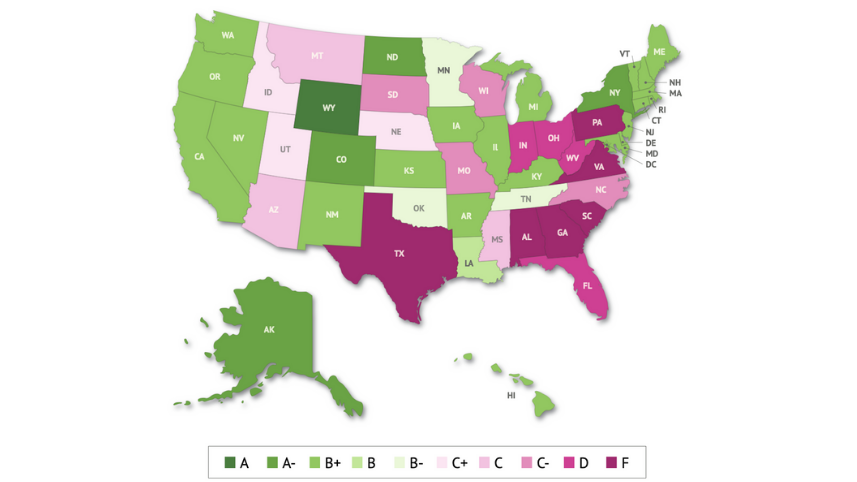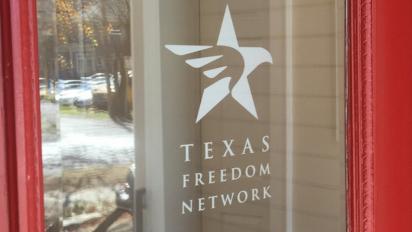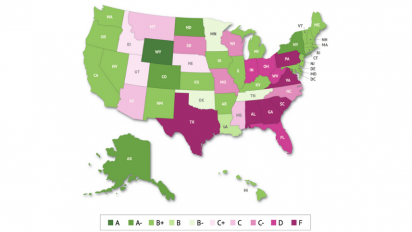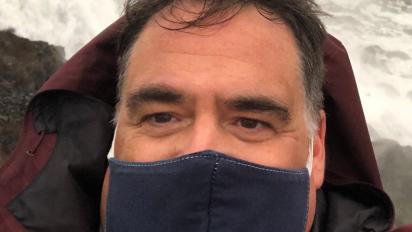'Making the Grade? How State Public School Standards Address Climate Change'

A new report from NCSE and the Texas Freedom Network Educational Foundation — “Making the Grade? How State Public School Standards Address Climate Change” — examines the treatment of climate change in state science standards across the country. There is, unsurprisingly, both good news and bad news to be found in the report.
(Check out this perspective on the report from the Texas Freedom Network Educational Foundation and this one from three of NCSE's Teacher Ambassadors.)
The good news is that a majority of states earned a B+ or better for how their standards address climate change overall. These 27 states include the 20 states that have adopted the Next Generation Science Standards (NGSS), which received a B+, and five states where the standards fared even better: Alaska, Colorado, New York, North Dakota, and Wyoming.
But the bad news is that of the remaining 24 states, twenty earned a C+ or worse; ten received a D or worse, including some of the most populous states in the country, such as Florida, Pennsylvania, Ohio, and Texas; and six states — Alabama, George, Pennsylvania, South Carolina, Virginia, and Texas—received a failing grade.
State science standards play a significant role in today’s public schools. They dictate the content of textbooks, provide the basis for statewide testing, influence the preparation of teachers, and supply the structure on which local school districts construct their science curricula and on which individual science teachers often base their day-to-day lesson plans.
So topics that are in the standards tend to be taught in the classroom, and topics that are not in the standards tend not to be. And when topics that are socially contentious, like climate change, are not included clearly and completely in the standards, teachers are left to their own devices—which results, too often, in their failing to convey the scientific consensus properly.
In order to examine the treatment of climate change in the state science standards, NCSE and TFNEF recruited three Ph.D. scientists with varying specialties: Sarah Myhre, a climate scientist specializing in paleoecology; Steve Rissing, an evolutionary biologist (and a recipient of NCSE’s Friend of Darwin award); and Casey Williams, an educational psychologist specializing in climate change education.
The reviewers considered how well each of the 31 sets of state science standards currently in use address four key points which form a basic outline of the scientific consensus on climate change. These are, in the monosyllabic formulation due to Edward W. Maibach of George Mason University: it’s real; it’s us; it’s bad; there’s hope.
With respect to each of these four key points, the reviewers assessed how extensively and explicitly climate change was discussed, how coherently and clearly climate change was incorporated in the standards, and—arguably most important—how well the standards prepared students for further study in higher education and for responsible participation in civic deliberation about climate change.
Overall grades for the states were calculated on a curve from a weighted average of the three reviewers’ ratings; details of the curve and the weighting are contained in the report, which can be found at climategrades.org. Emerging from the welter of details, however, were a number of common problems with the state science standards’ treatment of climate change.
A few state standards promote the false narrative that the existence, cause, and seriousness of climate change are a matter of debate among climate scientists, when in fact there’s a clear scientific consensus. Particularly egregious are West Virginia’s standards, which specifically require students to debate the issue in their science classrooms.
In some cases, such as Pennsylvania and South Carolina, the standards essentially ignore climate change altogether. In other cases, the standards address issues that are part of the climate crisis without explicitly naming “climate change” or “global warming.” Teachers are provided with no guidance as to assess whether a particular standard offers an appropriate opportunity to discuss the issue.
A related problem evident in many state standards is a tendency to understate the strength or credibility of the scientific evidence. For example, while the NGSS expect students to study evidence that human activities as well as natural processes “have caused” a rise in global temperatures, Alabama’s standards suggest that such factors “may have caused” it and Missouri’s standards describe the rise as a “change.”
And quite a few standards, while acknowledging the reality of climate change, fail to discuss ways of mitigating or adapting to its impact. This was especially sad to see in states where disruptions due to climate change continue to be challenging — including Texas, which faces rising sea levels, increased extreme weather and wildfires, and pressure on water resources, all as a result of climate change.
“Making the Grade?” offered recommendations to policymakers, including the obvious “revise state science standards as far as necessary to reflect the scientific consensus on climate change.” The report described the NGSS as a good model, but added “as the five states with science standards that received higher grades illustrate, it is possible to improve even on the NGSS.”
This article has been modified slightly from its original print format.





